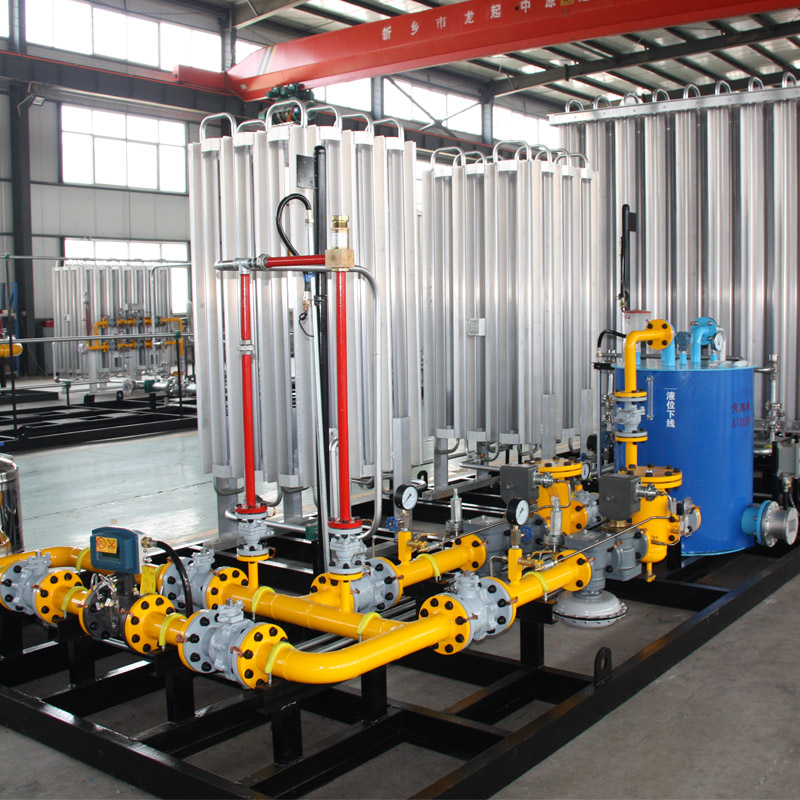
Oct . 12, 2024 07:33
Back to list
pressure reducing regulators
Understanding Pressure Reducing Regulators
Pressure reducing regulators are essential components in various industrial and domestic applications. Their primary purpose is to maintain a consistent output pressure, regulating the flow of gas or liquid from a supply source to a system. This functionality is crucial in ensuring safety, efficiency, and operational integrity across different sectors.
At its core, a pressure reducing regulator works by automatically adjusting the flow area in response to changes in downstream pressure. When the demand for gas or liquid increases, the pressure can drop, prompting the regulator to open further and maintain the desired downstream pressure. Conversely, if the downstream pressure exceeds the set point, the regulator restricts flow. This automatic adjustment process is vital for protecting sensitive equipment and processes that could be adversely affected by pressure fluctuations.
Types of pressure reducing regulators vary widely, including single-stage and multi-stage regulators. Single-stage regulators are commonly used in applications where moderate fluctuations are acceptable, while multi-stage regulators are designed for situations where high precision is crucial. This is particularly important in industries like pharmaceuticals, where the purity and consistency of substances can significantly impact product quality.
pressure reducing regulators

One of the critical benefits of using pressure reducing regulators is the enhancement of system safety. By maintaining stable pressure levels, these regulators can prevent overpressure conditions that may lead to equipment failure or hazardous situations. Furthermore, they contribute to energy efficiency, as regulated pressure ensures that energy is not wasted through excessive flow rates.
In gas distribution systems, for instance, pressure reducing regulators play a vital role in controlling the gas pressure delivered to households and industrial consumers. This not only ensures safety by preventing gas leaks and explosions but also helps in providing a reliable supply of gas to meet varying demand levels throughout the day.
Another area where pressure reducing regulators find applications is in hydraulic systems. Here, they help maintain the necessary fluid pressure for the operation of hydraulic machinery and equipment, ensuring optimal performance and longevity.
In conclusion, pressure reducing regulators are indispensable tools in numerous applications, providing essential pressure control to enhance safety, efficiency, and functionality. Whether in industrial processes, HVAC systems, or gas distribution, their role in managing fluid dynamics significantly contributes to operational success. As technology continues to evolve, we can expect advancements in regulator designs that improve accuracy and reliability even further, ensuring a safer and more efficient future across all sectors that depend on precise pressure control.
Latest news
-
Safety Valve Spring-Loaded Design Overpressure ProtectionNewsJul.25,2025
-
Precision Voltage Regulator AC5 Accuracy Grade PerformanceNewsJul.25,2025
-
Natural Gas Pressure Regulating Skid Industrial Pipeline ApplicationsNewsJul.25,2025
-
Natural Gas Filter Stainless Steel Mesh Element DesignNewsJul.25,2025
-
Gas Pressure Regulator Valve Direct-Acting Spring-Loaded DesignNewsJul.25,2025
-
Decompression Equipment Multi-Stage Heat Exchange System DesignNewsJul.25,2025

